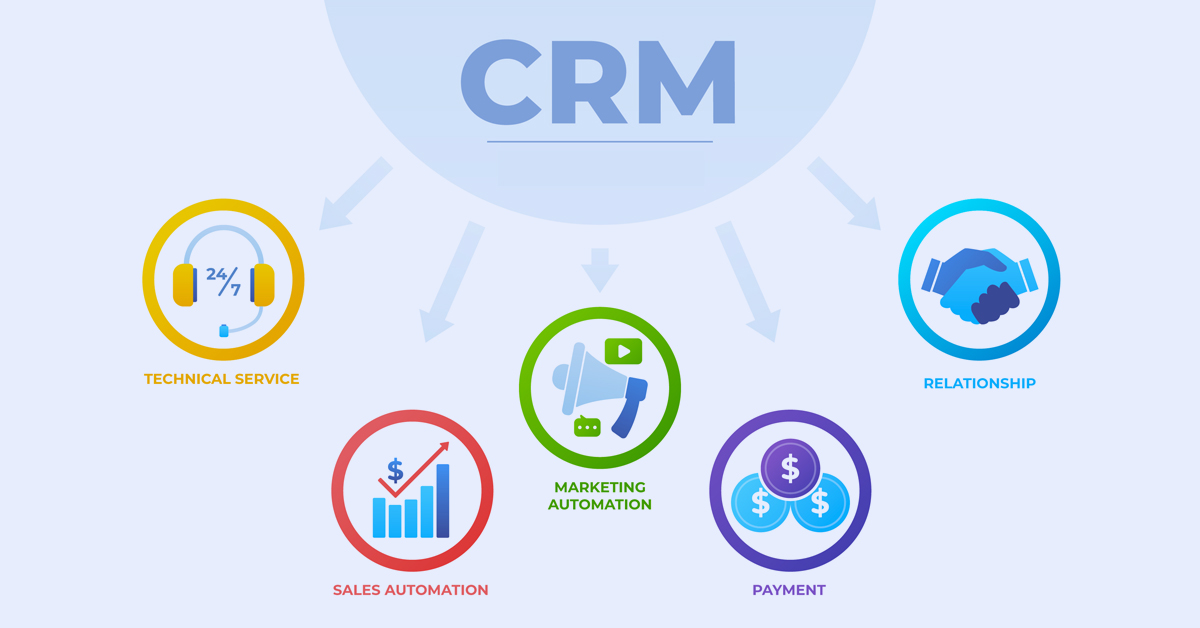-
MarTech Services
- HubSpot
- OneSignal
HubSpot
Technical Consulting
Partner with experts who understand your HubSpot systems and business needs inside out.
Revenue Operations
Drive revenue growth with tailored RevOps strategies designed for HubSpot users.
Hubspot Integration Services
Seamlessly integrate HubSpot with your existing tools to enhance operational efficiency.
Sales Enablement
Boost your sales team’s efficiency with focused HubSpot Sales Enablement solutions.
CRM Data Migration
Effortlessly migrate your CRM data to HubSpot with precision and support.
Hubspot Onboarding
Efficiently onboard clients to HubSpot, ensuring a smooth transition and rapid platform adoption.
HubSpot Administration
Maximize your HubSpot investment with expert management and optimisation tailored for HubSpot clients.
Marketing Assets Development
Develop, deploy, and manage digital assets, ensuring a fresh and engaging presence.
-
Solutions
-
Website Services
Website Development
We bring together expertise, creativity, and measurable results, making us the go-to choice for HubSpot website creation.
Website Migration
Our approach to website migration goes beyond a technical transfer; we prioritize a user-centric experience.
Website Maintenance
Optimize your online presence with effective, growth-driven websites focusing on nurturing website visitors, creating and deploying content, and tracking progress with precision.
Website Audit
Is your website performing at its peak? Our CMS Consultants are here to help you find out with our comprehensive Website Audit service.
-
Resources
-
Company
Clients
We have worked with clients from various industries across the globe, making our journey diverse and exciting.
Team
We put decades of experience where our mouth is. So what you get is market-tested and tried, not theory. We believe in plain speak, which we believe works better than jargon.
Solutions Partner
BlueOshan is not just a partner; we are among the most experienced and adept in the HubSpot ecosystem.
- Contact Us
Which CRM? Depends on how your business works.

Venu Gopal Nair
July 14, 2021

The needs of businesses are varied. But there’s no reason not to get a fix on which CRM will work well for your organization as long as the directions in which you need to move are clear.
Long B2B sales cycles
When sales’ people have to stay in touch with various people inside the prospect organization, they face problems juggling the complexities and responding to what people need at various points in time. The IT department could have one set of questions, the top management team another and the purchasing department focus on negotiations. The speed of response to questions and being able to stay in touch with the right people over time can determine how many conversions are achieved. It’s never about one great presentation and meeting but a series of nurturing steps over months.
Marketing and product teams need to work in synch with sales.
Some companies need to hunt in packs. They have to juggle between departments, and conversations between product and sales or marketing teams have to keep happening. Rather than working separately, it helps to have everyone within the company look at the same set of customer points and data to determine what customers want and respond actively. This works like a baton race, with each team providing the necessary heft at the right time.
Need to upsell and cross-sell to existing customers.
Identifying customers who may have bought one product from the company and are eligible for many more is where the CRM needs to show its versatility. Being able to track customers within and then suggest options to upgrade or get higher value may be critical. Insurance and credit card businesses need CRMs that spot the best prospects from a large base within. These are long-term customers, and serving them well is the way to exponential growth.
Advertising and marketing are key to success
If marketing and advertising campaigns have to be managed across the year and effectiveness tracked in terms of sales, the CRM needs to help manage marketing automation and help companies leverage their strengths. Being able to schedule, release, track and analyse ongoing campaigns to learn how customers are responding is the best way to arrive at product differentiators and track performance. Any company that needs hundreds of leads every month and then tracks conversions would need a CRM that delves deep into purchase and conversion patterns.
Need to educate customers to convert.
New or unfamiliar product categories need to engage customers regularly over time in order to make them consider purchases. The way to do it is to keep creating content that attracts prospects and flag off benefits to make them aware of why the products would make a difference. Companies that sell genetic tests, for example, need to educate several stakeholders, from doctors to labs to patients, and each of them has to be approached differently because the benefits for each of them are different.
HubSpot CRM works to meet your critical needs
At the base level, the CRM may simply be a set of customer contacts—what matters is how it is configured to meet your precise needs.
Let’s go over each of the scenarios detailed above.
HubSpot CRM for long B2B sales cycles:
Inside the CRM, precisely identify and categorize each customer contact and their departments along with the information required by each. Action points and the next stage can be made visible to each team member for follow-up and closure. It’s not just the sales team that has to manage the load.
HubSpot CRM when the teams have to work like an internal relay team:
Like a dashboard that fixes the interaction points – internally and hands over the stages to the designated department, CRM can work to ensure that customer contacts with the right team members can be facilitated and the speed of response enhanced as well as customer satisfaction
HubSpot CRM to upsell and cross-sell:
The value of every deal within the system can be captured, and the potential to add products for each of the customers can be determined. Then, campaigns that precisely target these requirements can be managed by segmentation and clearly marking what customers are most likely to require next. So, it’s not just for keeping track of customers but for deriving value in the long term.
HubSpot to manage advertising and marketing:
HubSpot comes into its own when it has to facilitate marketing automation and campaign management. Everything from landing pages to email and newsletter management or social media scheduling and releases can be managed from within the system. Naturally, the reporting becomes extremely detailed, and the point of action required can be clearly determined.
HubSpot CRM to educate customers:
With a market-leading and sophisticated content management system, HubSpot can create, educate, and serve content at various tiers of the customer journey, as well as manage it for different stakeholders with differing content requirements. The overall system can target each audience differently and assess the progress being made.
This post develops on the idea that Operational, Collaborative, and Analytical CRMs were the focus. Depending on your business model, we can determine the one that best fits your needs and implement it.
For a consultation don't hesitate to get in touch with our experts for a detailed consultation.

Venu Gopal Nair
Advertising and Branding Specialist, CEO - Ideascape Communications, A professional journey through the tumultuous years of advertising and communication, starting in 1984. Started out in the age of print, saw the changes with the entry of satellite TV and the momentous transition to digital. Advertising and branding today is vastly different from its practices in the 20th century and the last two decades have seen dramatic changes with smartphone domination. As a Creative Director turned CEO, making the transition personally and professionally has been a tremendous experience.
Related Articles

December 19, 2022

April 19, 2021

March 22, 2021

